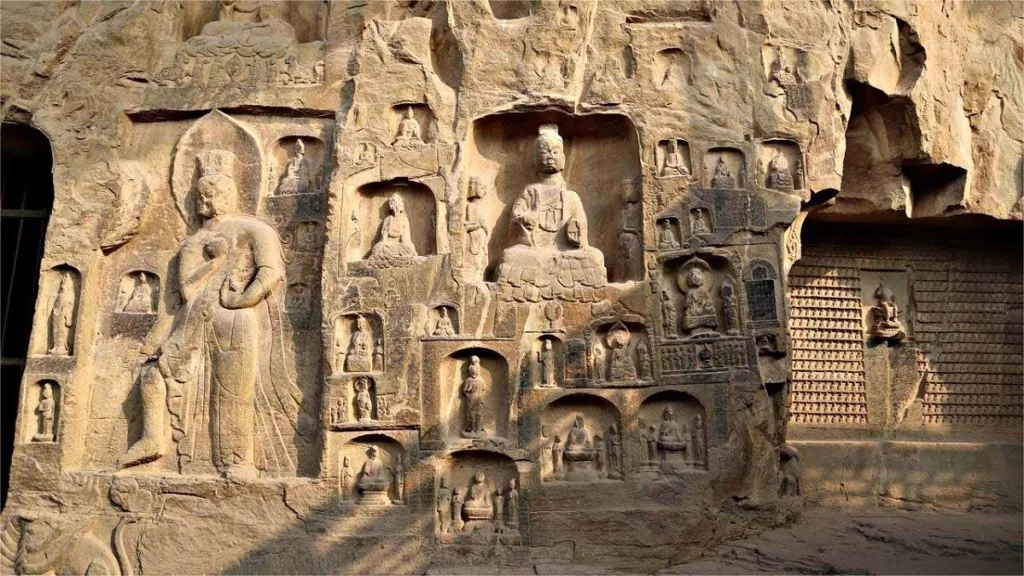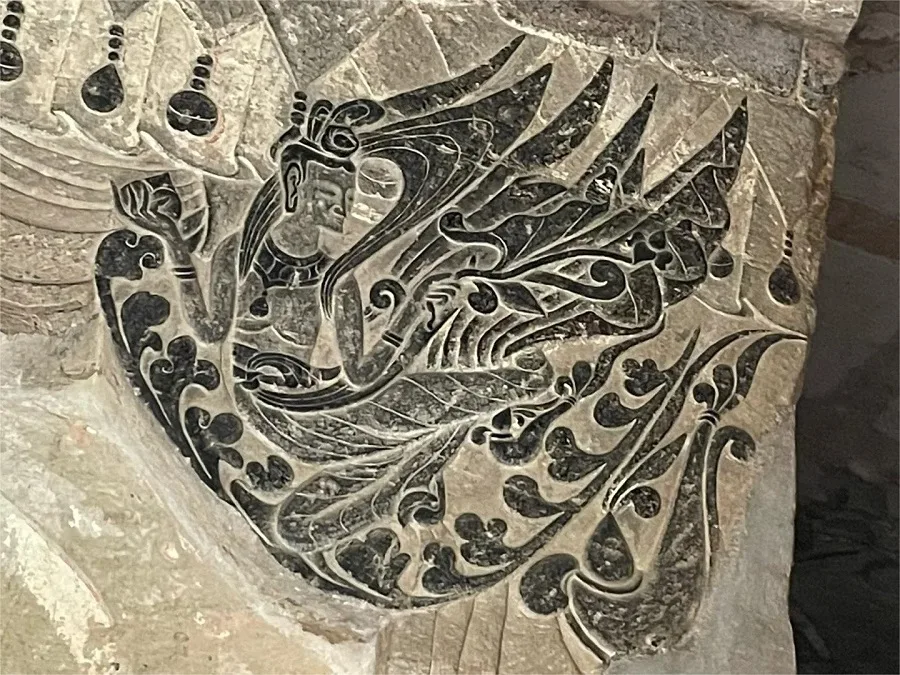Templo Shiku (Templo de las Grutas), Gongyi - Entradas, Horarios, Localización y Lugares Destacados


Shiku Temple, also known as Grottoes Temple (石窟寺), is located in Gongyi, Henan Province. It was built in the second year of the Xiping era of the Northern Wei Dynasty (517 AD), although some sources suggest it was constructed during the Jingming era (500-503 AD). Originally named Xixuan Temple, it was renamed “Shifang Jingtu Temple” during the Song Dynasty and later changed to Shiku Temple during the Qing Dynasty. It stands as an important Buddhist grotto site in the Central Plains region.
The temple holds historical significance as the place where the renowned Tang Dynasty monk Xuanzang entered monkhood. It was also a sacred site where several emperors, including Emperor Taizong of Tang, paid homage to the Buddha. Behind the temple lies a 120-meter-long cluster of grottoes, containing over ten thousand Buddha niches and statues. The “Emperor and Empress Worshiping Buddha” in the first cave is considered the most intact treasure in China, deemed priceless.
Índice
- Información básica
- Ubicación y transporte
- Highlights of Shiku Temple
- Vlog about Shiku Temple
- Other Attractions in Gongyi
Información básica
| Duración estimada de la visita | 1 hora |
| Precio del billete | 30 RMB |
| Horario de apertura | 8.30 – 18.00 |
| Número de teléfono | 0086-0371-64157150 |
Ubicación y transporte
Shiku Temple is located in Siwan Village, Heluo Town, Gongyi City, Zhengzhou, Henan Province. It is situated beneath the Mang Mountain, on the south bank of the Yellow River and the north bank of the Yiluo River. To reach Shiku Temple, tourists can first take a high-speed train or bus to Gongyi. From Gongyi City, there are dedicated shuttle buses directly to Shiku Temple, with a ticket price of 2 yuan, and the journey takes approximately 20 minutes.
Highlights of Shiku Temple
Various Grattoes

Shiku Temple served as a venue for imperial Buddhist ceremonies during the Northern Wei Dynasty. Later, Emperor Taizong of Tang and the Northern Song Dynasty royal family held Buddhist activities here, leaving behind a wealth of precious statues and inscriptions. Despite enduring more than 1500 years of weathering, the site still boasts five caves, one Thousand-Buddha niche, three large cliff statues, 7743 Buddha statues, and 186 inscriptions and other inscribed tablets.
Emperor and Empress Worshiping Buddha

The sculptures in Shiku Temple are intricately carved, rich in content, and vividly natural, transcending the ordinary. The “Emperor and Empress Worshiping Buddha” composition perfectly captures the grand scene of the Northern Wei imperial family paying homage to the Buddha. It represents the pinnacle of Northern Wei stone carving art, a national treasure, and a masterpiece of art. Additionally, the temple preserves inscriptions and stone steles from various dynasties such as the Tang, Song, Jin, Ming, and Qing, documenting the temple’s history and renovations over the centuries.
Carving Styles

Shiku Temple was carved after the Longmen Grottoes in Luoyang. It combines the influence of foreign Buddhist art with the art of the Han Chinese of the Central Plains, departing from the earlier characteristics of the Northern Wei period such as deep eyes and high noses, and adopting a more rounded face and serene expression, often depicted in a static style of sculpture. As a result, the carvings here retain the strong artistic characteristics of the Northern Wei Dynasty while also nurturing the budding carving art of the Northern Qi and Sui Dynasties, forming an important transitional artistic style from the Northern Dynasties to the Tang Dynasty in the history of carving art.
Vlog about Shiku Temple
Other Attractions in Gongyi

Kang Baiwan’s Mansion

Imperial Mausoleums of the Song Dynasty

Xuehua Cave
Lugares históricos de Henan, Atracciones de Zhengzhou